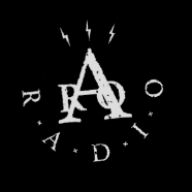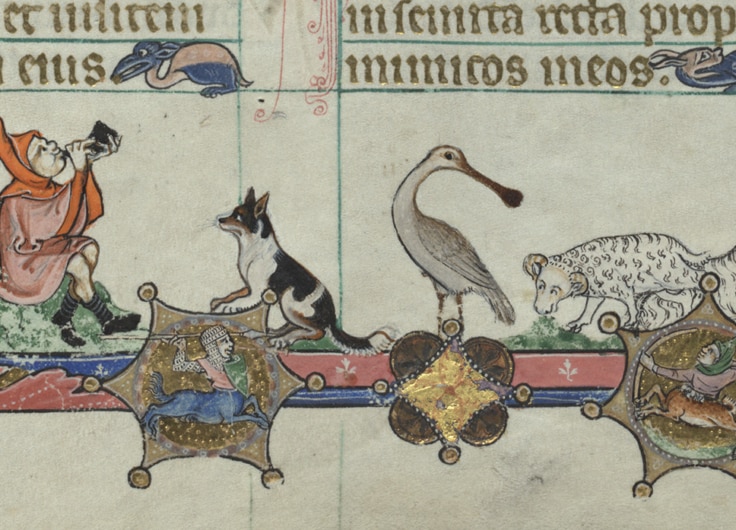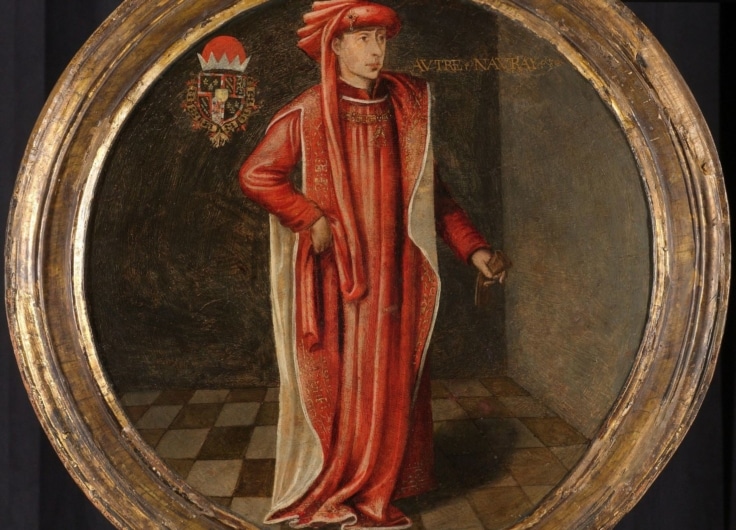In the early 1400s, all seemed well for John the Fearless, the Duke of Burgundy. He had withstood a major rebellion and maintained his centralising influence over most of the Low Countries. He also nurtured and made official the alliance his father had created with the other big power base in the Low Countries, the Count of Holland. However, an English army with longbows, a mad dog, and a treacherous bridge, would intervene and the fate of the Low Countries would once again be thrown into the realms of uncertainty.
The consequences of assassination
As mentioned in the last episode, following the death of Louis, Duke of Orléans, John the Fearless had to appear before the King of France in early 1408 at a judicial inquiry into the murder which had been set up by Louis’ widow, Valentina Visconti. John had employed a theologian named Jean Petit to defend his actions, and the Justification
was a dazzling piece of work with as many bible references as he could possibly use, many people were left unconvinced.
King Charles absolved John of his crimes, during a brief moment of sanity, but when he once again went mad, John’s opponents were ready. With the Duke of Burgundy out of Paris dealing with Liège, an Abbott delivered a speech to the royal court in which he rebuked Petit’s Justification and called for extreme punishments for John. The regency council, which was attended by all the other French royal princes except John, agreed to revoke the King’s pardon of John and to proceed with charges against John for his crimes.
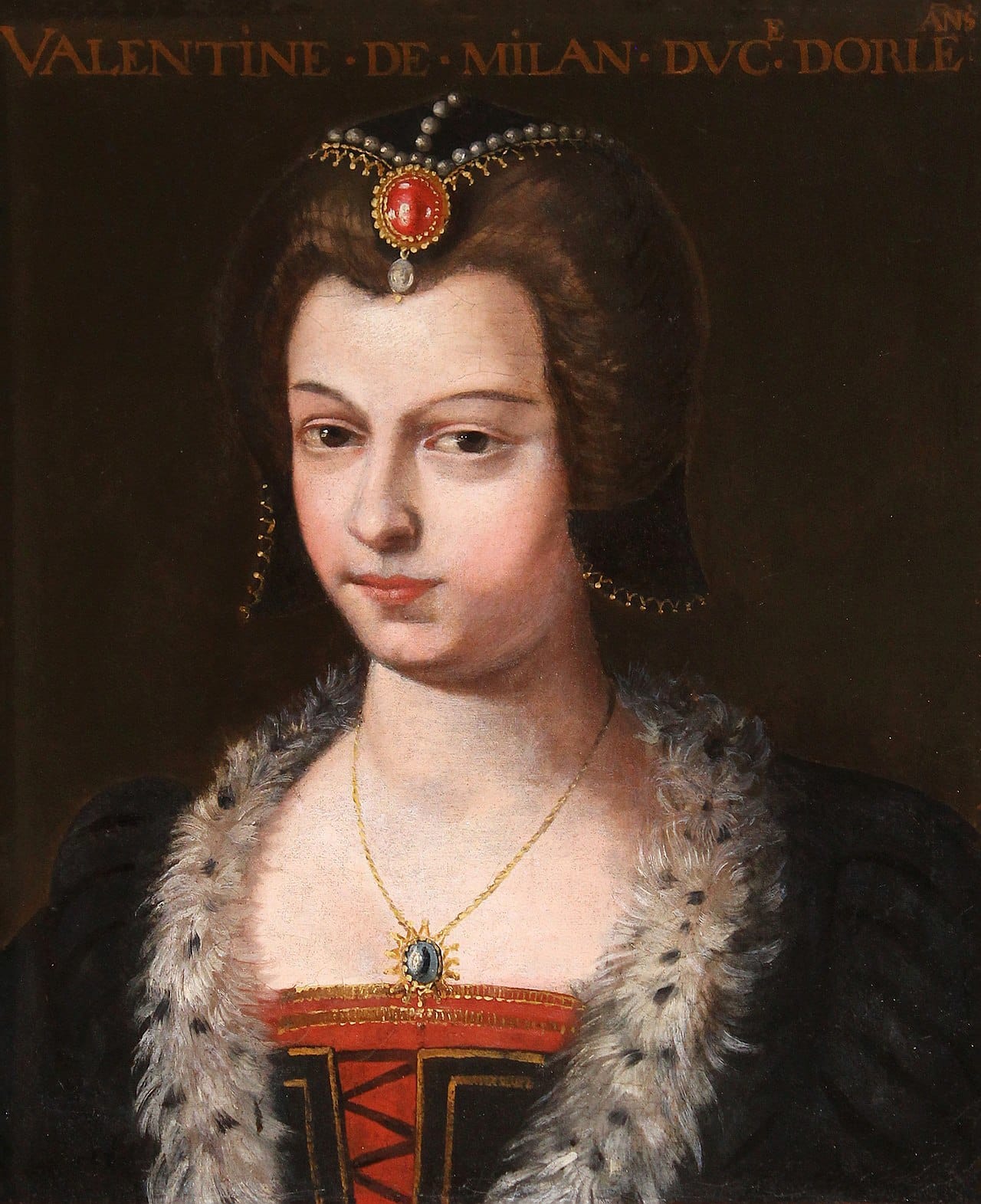 Valentina Visconti, Duchess of Orléans
Valentina Visconti, Duchess of Orléans© Wikiwand
Although John had successfully orchestrated the murder of his biggest rival, the opposition movement to him was still alive and well in Paris. After the military victory at Othée at the end of September 1408, John the Fearless turned his attention back towards Paris. Although the court was against John, many of the people in Paris supported him and the situation there began to descend into anarchy. The threat of John turning his army around and marching it into the French capital became too much for the royal family to bear, and at the beginning of November 1408, the entire court was packed up and moved to the more secure location of Tours.
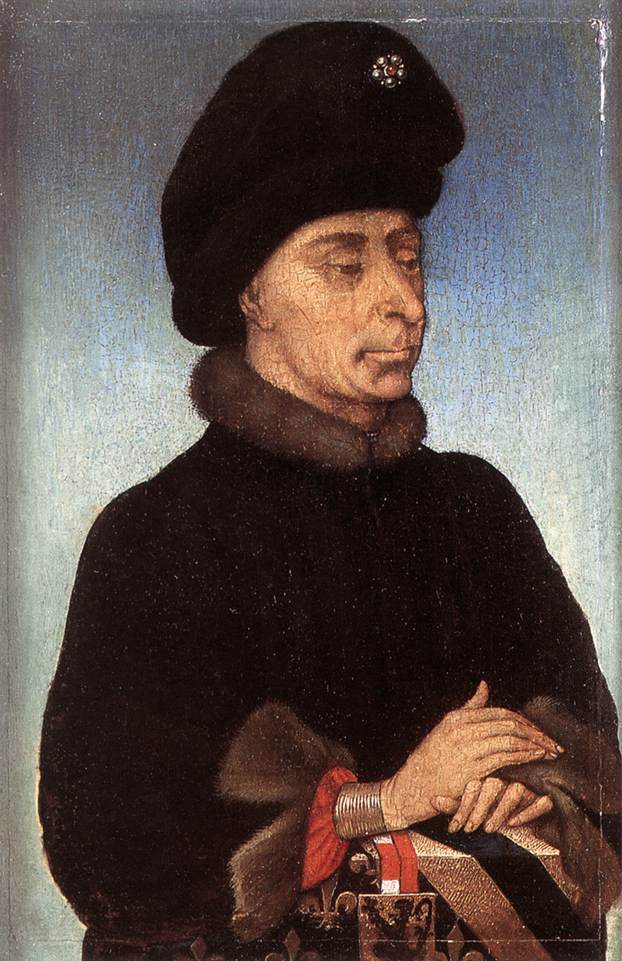 John the Fearless, Duke of Burgundy
John the Fearless, Duke of Burgundy© Wikipedia
So, things were tense when John made yet another triumphant entrance into Paris at the end of November. John knew that the key to his power in France was to be in physical control of the king and the dauphin, and so it was imperative for him to get them to return to the capital. But it was equally important for his personal prestige and honour not to succumb to the demands being made of him by the royal court, at the behest of those who were now rallying against him, namely the murdered Louis’s widow, Valentina Visconti, and one of the other royal princes, the Duke of Bourbon.
John used William VI, his brother-in-law but also someone related to Queen Isabeau, both being part of the House of Wittelsbach, as a mediator with the court. The tense difficulties of the hate-filled negotiations were eased considerably when, conveniently for John, Valentina Visconti died in December.
At a highly choreographed ceremony John and the relatives of Louis of Orléans agreed to symbolically kiss and make up
In March of 1409, a settlement was reached between the two sides, known as the Peace of Chartres, in which John agreed to essentially none of the long list of demands which had been made of him. At a highly choreographed ceremony in the cathedral of Chartres, at which William VI played the role of head-of-security, with his very visibly armed, Low Country troops watching over the whole affair, John and the relatives of Louis of Orléans agreed to symbolically kiss and make up.
John ended up not apologising at all for the murder, nor did he express any regrets, other than for the hurt it had caused the king. The Peace of Chartres did little to bridge the massive gulf which had developed between John and his opponents. In the coming years, the opponents of John the Fearless would coalesce into a faction known as the Armagnacs and the resulting civil war between the Armagnacs and Burgundians would rage for more than twenty years.
John’s rule of Flanders
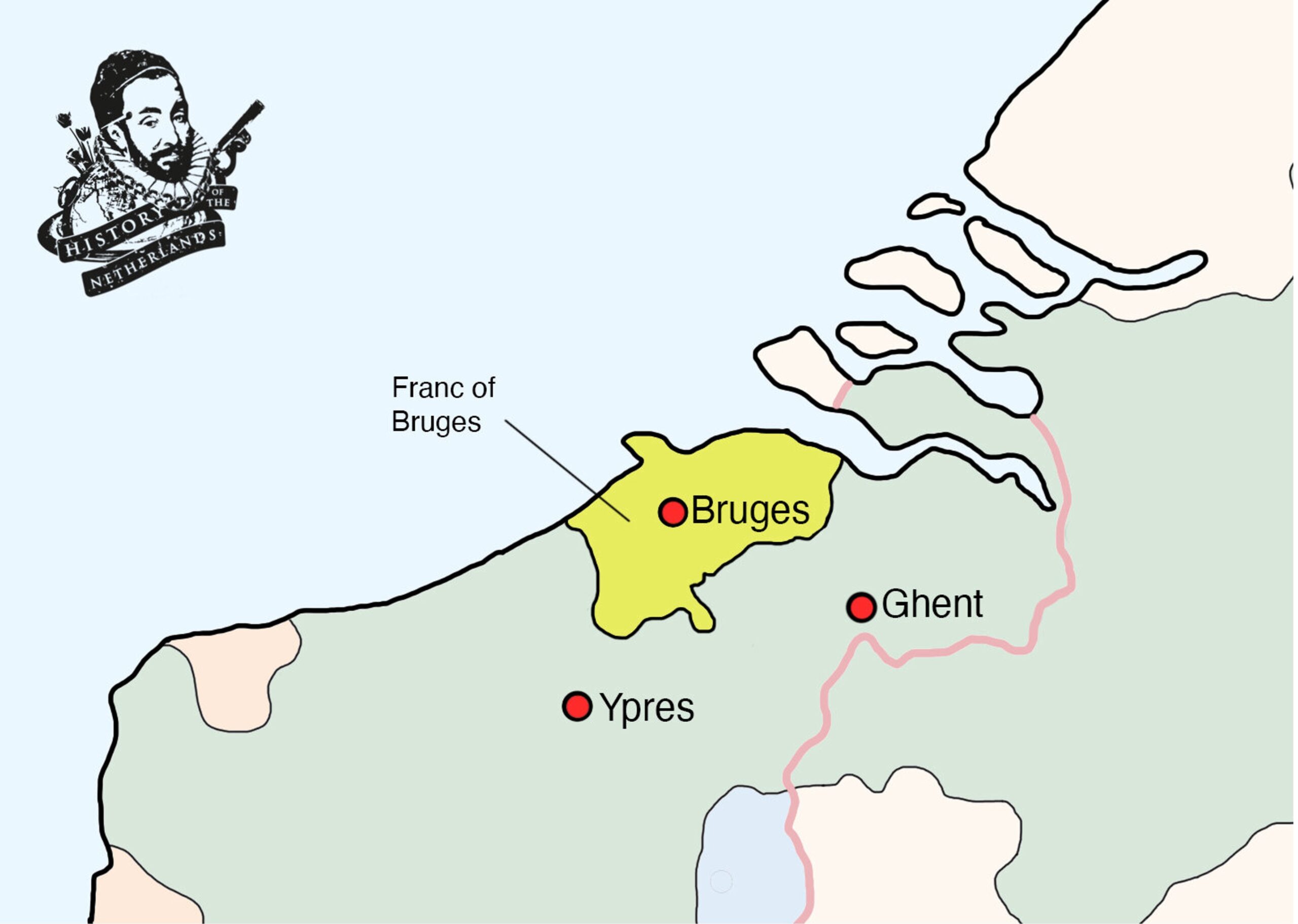 Map by David Cenzer
Map by David CenzerUpon acquiring the title of count of Flanders in 1405, John the Fearless had acquiesced to demands made to him by the Four Members of Flanders – the big cities of Ghent, Bruges and Ypres, as well as the rural area outside Bruges known as the Franc of Bruges. John, having learned the lessons given to him by his parents, was aware of just how important Flanders was. He knew also how prone all the various and fractious factions in Flanders were to rebellion.
To stymie this, in 1405, the same year that he had made the triple alliance with Anthony and William, John the Fearless made sure that from then on, he and/or his wife would be present in Flanders for significant and long periods. In practice he left the mercantile and commercial systems that the cities had developed alone, enabling greater freedom of trade to keep the towns happy. At the same time though he passed legislation that strengthened the comital ability to control aspects of international trade. No matter how benevolent John’s approach may have seemed in Flanders, ultimately, he and then his son Philip would work to chip away at the autonomy and power of the Four Members.
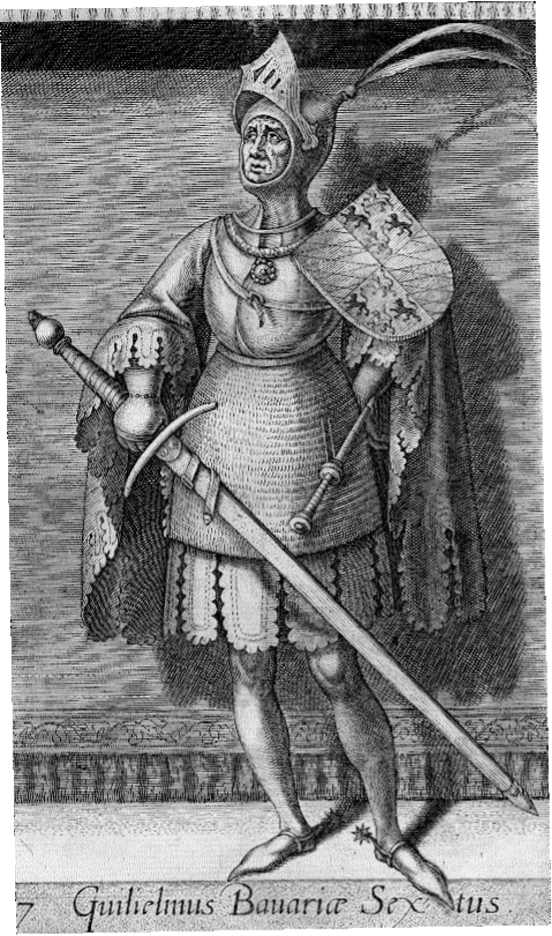 William VI of Bavaria, Count of Hainault, Holland & Zeeland
William VI of Bavaria, Count of Hainault, Holland & ZeelandPublic Domain
Band of Brothers
In 1411 however, after having spent a good year in Flanders, it became apparent that affairs in France were going to require John to return to Paris. The Flemish towns let their displeasure at this neglect by the Duke of Burgundy be known, so before leaving Ghent he made his only legitimate heir and 15-year-old son, Philip, Count of Charolais, his personal representative in Flanders. One of the things that Philip would benefit from most was the alliance made between his father, his uncle Anthony, Duke of Brabant, and uncle on his mother’s side, William VI of Bavaria, count of Hainault, Holland & Zeeland; in itself, this alliance had relied on the double wedding in Cambrai that his grandfather, Philip the Bold, had arranged back in the 1380s. So essentially Philip had a solid and intergenerationally built ground on which to begin his rule of Flanders, and to prepare for his eventual succession as the Duke of Burgundy.
John the Fearless made his only legitimate heir and 15-year-old son, Philip, Count of Charolais, his personal representative in Flanders
Although the alliance between John, Anthony and William that held together the major power bases in the Low Countries was rather solid, it wasn’t completely immune to conflict within. Even though they were brothers, and showed overall, united commitment to team Burgundy, in early 1411, John and Anthony became embroiled in a trade and territory conflict that had emerged between the Flemish town of Mechelen and the Brabantine town of Antwerp. These cities were old rivals and had both been fought over in the war of the Brabantine Succession some 60 years previously. Now they had fallen into a bitter dispute with each other over who should have the staple right to the trade of salt, fish and oats in the region, which were extremely desired and valuable products to have first dibs on, which is what staple rights provided.
An exchange between John and Anthony shows that, although brothers and firm allies, they were each willing to defend the rights of their own domain against encroachments by the subjects of the other. Anthony had, as Duke of Brabant, taken the side of Antwerp. John allowed a blockade on Antwerp which forced them towards needing a mediated peace. Soon the affair had captured the attention of the other big cities in Brabant and Flanders, and the negotiations went on. In 1413 they reached some kind of agreement, identifying 27 points of contention between the two towns. Despite this, nothing really changed, and both the towns ended up appealing to the man who was, if you asked him, anyway, the Holy Roman Emperor, Sigismund. Sigismund tried to give them both what they wanted and ended up solving nothing. So that conflict remained an ongoing bone of contention between the two brothers.
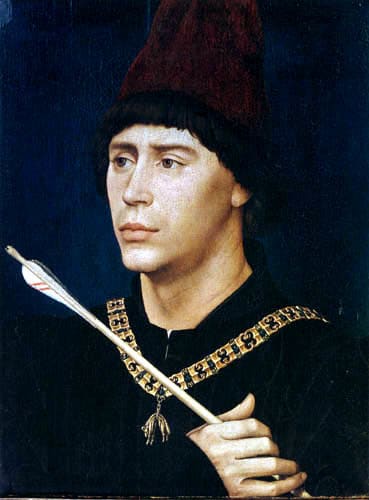 Anthony, Duke of Brabant, painted by Rogier van der Weyden
Anthony, Duke of Brabant, painted by Rogier van der Weyden© Wikimedia Commons
Looking a bit more closely at Anthony, he was a prince who demonstrated the same ability as his brother to separate the requirements of his various roles and obligations; just as John could act contradictorily as a French prince and as the Count of Flanders, Anthony successfully walked the line as the ambitious Duke of Brabant, which remember was a very high rank of nobility, and as a loyal, younger brother to John. Overall, he reliably followed what seemed to be the general aim that had resulted from the course that their father, Philip the Bold, had set his family upon to strengthen their Burgundian grip in the Low Countries. He set up a centralised financial centre in the town of Brussels, and in 1409, Anthony married a German princess called Elizabeth of Görlitz, who was the Luxembourg clan and niece of Wenceslas VI, King of Bohemia and wannabe Holy Roman Emperor.
As mentioned before, Luxembourg’s title had been bought by Louis of Orléans. With his murder, it had reverted back to Josse of Moravia, who, with this marriage, had agreed to let Anthony pay for it. Although Josse died before it could be done, the Emperor still allowed this transaction to happen, and for a brief moment Anthony and Elizabeth were also the rulers of Luxembourg. However, what they faced was continual resistance, rebellion and, it has been described, guerilla warfare against their tenure. Elizabeth would end up being left to deal with this, as well as a mounting debt, for her entire rule of Luxembourg.
The angst of Bruges
As John the Fearless was dealing with issues in France and with Brabant, Philip was finding that rule of Flanders was of a particularly Flemish flavour. His father had stripped Bruges’ guilds of the right to assemble a militia without his, and now Philip’s consent. When John left for France in 1411, it was to go and fight the Armagnac faction, and for this he raised banners, and the Bruges militias were, along with thousands of others, ordered to mobilise.
After a month of unsuccessful campaigning, the Flemish militia cracked the sads and men from Ghent, Ypres and Bruges all deserted. Those from Bruges, in particular, were still unhappy about the limitations put on them in 1407 and also about the one-seventh tax levied on their town. The men from Ghent went and set fire to the duke’s camp before deserting, and the men of Ypres had to be talked down from sacking Lille on the way back home.
When the Bruges militia returned, they refused to enter their city until Philip, as acting ruler, conceded to a list of demands that they had for him. Now Philip, like almost every count of Flanders before him, would need to find a way through the mire of defiance that was Flemish urban autonomy. Fortunately, he was the third generation of some very able politicians, and had some master advisors, including his mother, around him to help deal with it.
Philip, like almost every count of Flanders before him, would need to find a way through the mire of defiance that was Flemish urban autonomy
Overall, Philip and his council conceded four of the seven demands made by the Bruges militia, including an increase of pay and the revoking of the ban on the militia assembling without comital permission. That law had come to be known derisively amongst the people of Bruges as Calfvel, meaning calf’s-skin. This was meant to indicate that the law was nothing but a bit of useless leather. However, Philip showed an understanding of the power of symbolism. Although he included a protestation against doing so, he allowed for the actual Calfvel to be fetched from the central archival offices and it was ceremoniously given to the people so that they may rip it to shreds.
To protect his father’s dignity, he also recorded that this was done without John’s consent. But then he went further still, and also had two of his father’s ducal officers dismissed, men who had been particularly repressive in their dealing with the guilds. He then swept a broom through the office of bailiffs in the county. In granting these big concessions and symbolic victories to the rebels, Philip was able to avoid having to give in to another one of their demands, which had been that he abolish the one-seventh tax that had been levied in 1408.
The battle
In 1415 the new English King, Henry V, after a year of failed negotiations with the French, looked at the discord in France, pulled out his family’s old claim to the throne and invaded the continent again. The result was the Battle of Agincourt, in October 1415, in which the English and their longbows would absolutely destroy a large chunk of not only common, French soldiers, but thousands of French knights and nobility, including the Duke of Brabant, John the Fearless’ loyal brother, Anthony.
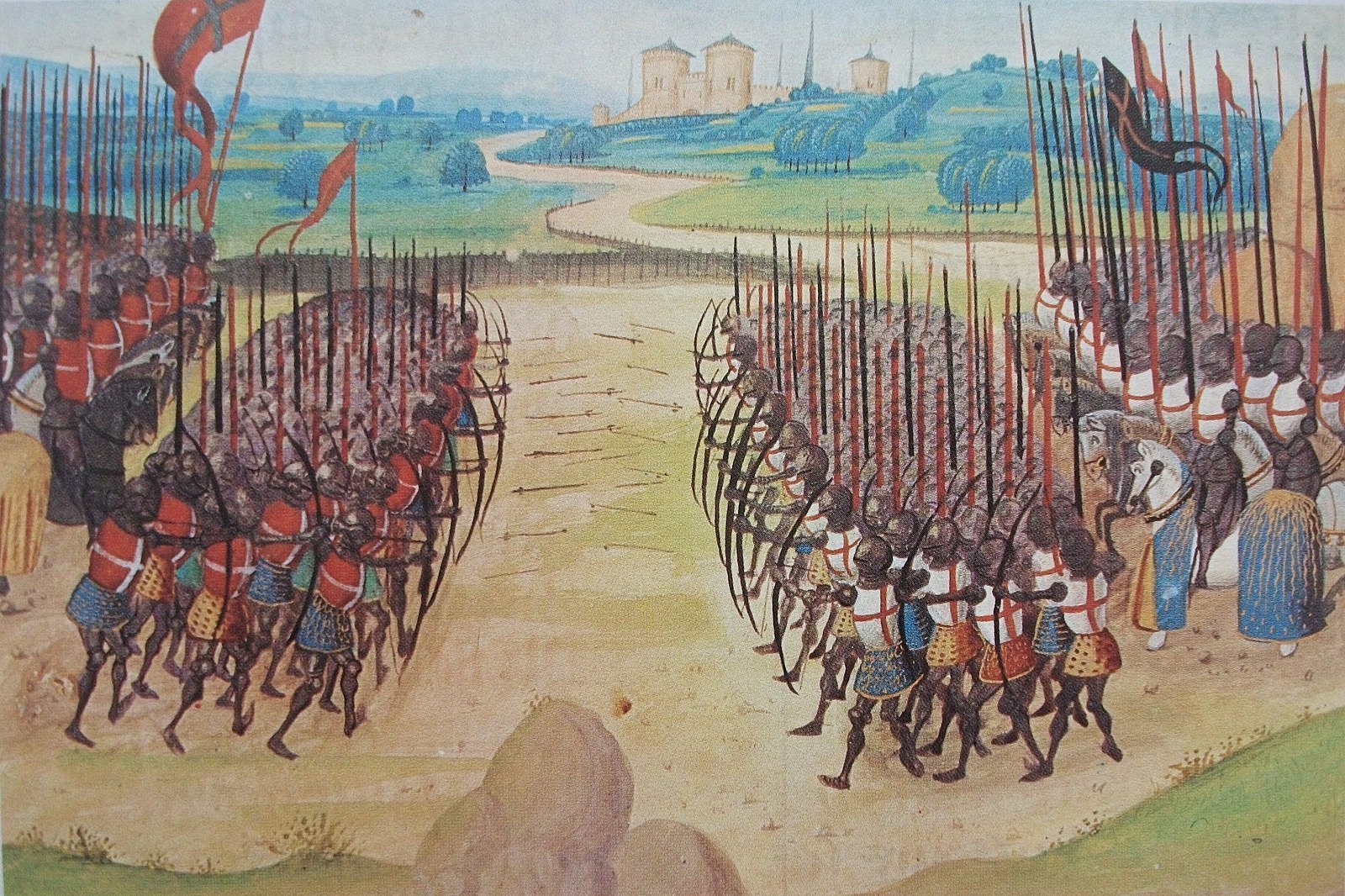 The Battle of Agincourt in 1415
The Battle of Agincourt in 1415© Wikipedia
Honourable mention also goes to the younger brother of John and Anthony, Philip, Count of Nevers and Rethel, who also perished in the battle. You might be asking why John wasn’t there. Good question. For some reason or reasons that remain unknown, his army did not arrive in time for battle. Now turmoil and feudal feuding could rise once more to the fore. The triple alliance of the Low Countries had been struck a blow.
Anthony had left an heir, who was still a child, and also called John. John the Fearless now moved to establish his dominance over Brabant for good which would create a personal union between Brabant and Flanders. He declared himself regent of his nephew. The states of Brabant had other ideas, however, and declared their own regency council which neglected to include John. He was incensed enough to go to Brabant, and wave his big sense of importance around in the faces of the burghers and other power brokers. They didn’t blink, however, and John was forced to accept his nephew’s ascent to power, as the Duke of Brabant, John IV, without him in actual charge.
The bite
But at least John still had William VI. In these years, besides mediating for John, William had also been busy with other Low Country politics. As we mentioned briefly in the last episode, William VI had been in conflict with the Duke of Guelders, Reginald IV, over the town of Gorinchem which had been ruled by a vassal of Holland, the Lords of Arckel, who had switched to the Duke of Guelders’ side and thereby sparked a struggle of control for the town of Gorinchem and the lands of Arckel. This conflict was part of what is known as the Arckel wars.
William VI died on 31 May 1417 as a result of inflammation caused by a dog bite
William was also busy with that other most pressing concern for the Counts of Holland, and that was dealing with the Frisians. In 1414, the town of Stavoren, which was always the centre of conflict between the two regions and had come once again under Holland’s control a decade earlier, was taken over by rebellious, freedom-loving Frisians. William decided he would go and deal with the Frisians again, but never got around to it because in May 1417 he was bitten by a dog. The wound became infected and suddenly he was on his deathbed, giving out his final wishes and commands. In Holland, William let it be known that his daughter Jacqueline would inherit his lands and titles.
The bridge
John had now lost his two greatest allies, and the bonds between Flanders, Brabant and Holland were weakened as a result. He needed to move quickly to secure his hold on power and influence in all three regions. His key to doing this would be Jacqueline. Jacqueline had been married to John of Touraine, who despite being the fourth son, had outlived his older brothers and became heir to the mad King of France, Charles VI and his wife, Queen Isabeau of Bavaria, in 1415.
Isabeau, remember, was one of John the Fearless’ biggest rivals. The young Jacqueline was, like the French Queen, of the Bavarian clan. Her marriage to the dauphin meant that she could come under the influence of Isabeau. This would have been a dangerous prospect for John. If her father William VI had died while she was still married to John of Touraine, then her succession to Hainault, Holland and Zeeland would have given John’s enemies in France a foothold in the Low Countries.
Conveniently for John the Fearless, however, her first husband died about two months before her father, so he was able to do like her father had, and care nought for her own free will and use her to his own advantages. He arranged to marry the now 16-years-old Jacqueline off to his nephew, the new Duke of Brabant, John IV. It was a swift and very Burgundian move. This way, he could keep the biggest, Low Country domains within the Burgundian sphere of influence. This marriage, however, would prove to be a disaster and the conflict it would result in will be the focus of the next episode.
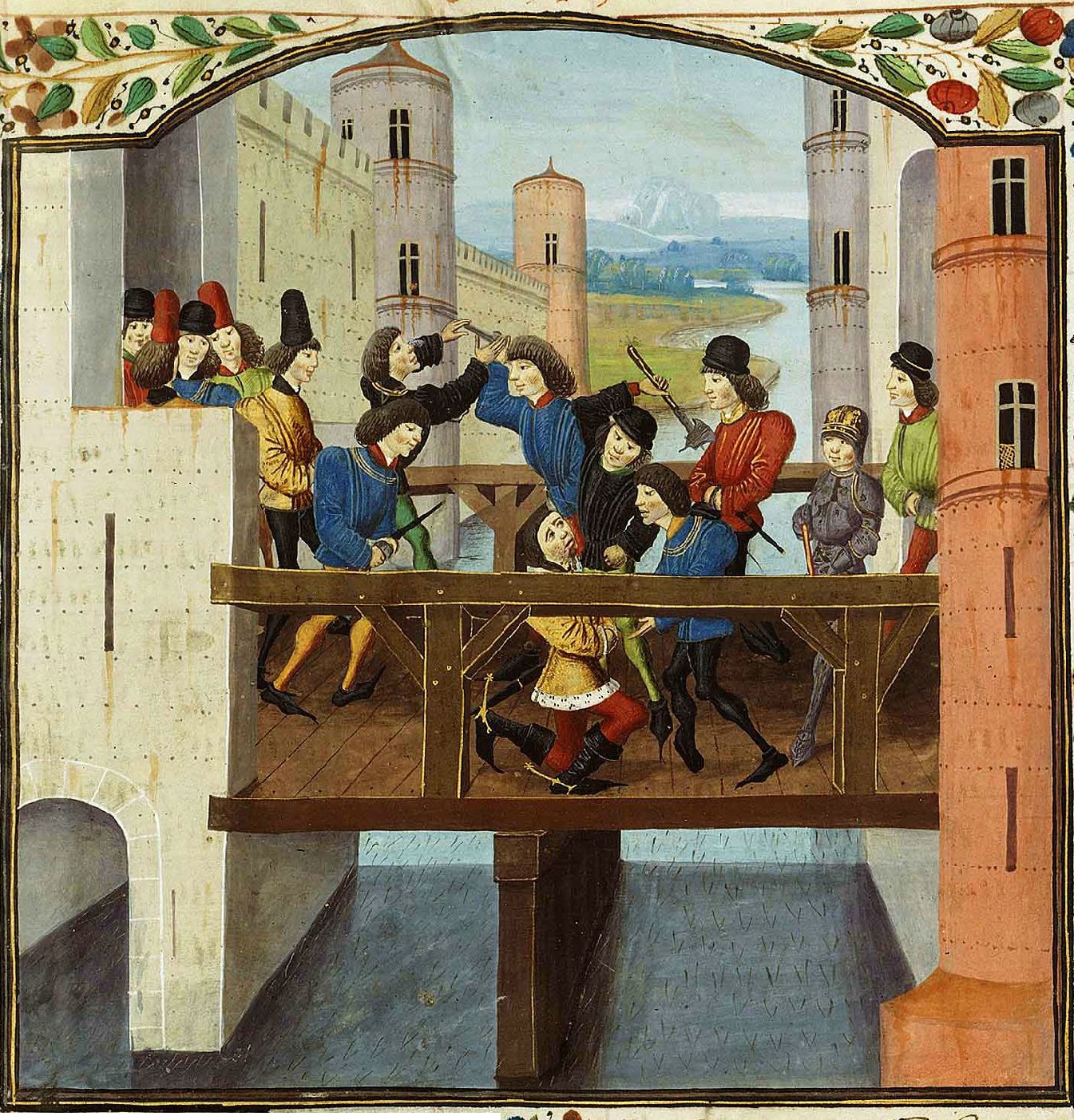 Tanguy de Chastel (in black) hacking at Jean the Fearless with an axe, in a miniature created in the 1470
Tanguy de Chastel (in black) hacking at Jean the Fearless with an axe, in a miniature created in the 1470© Wikimedia
John was still extremely busy on the French front; in 1417 he made another move for power in France after having basically been exiled since 1413. This almost succeeded, however the Armagnacs rallied behind the new dauphin, Charles who, although only 15, seemed up for the fight. John did manage to wrest back control of the Queen and, by the end of 1418, Paris.
But it would not last for long. The dauphin, Charles, went and set up a court in Bourges, in the centre of France, in 1419. From there, peace negotiations were embarked upon. During these, and with the purpose of signing an agreement, in July of that year, Charles and John met several times not far from Melun, to sign what became referred to as the Paix du Ponceau – the Peace of the bridge.
When John the Fearless arrived it became clear that things were not well. He was noticeably uneasy, and there was a great tension in the air as he approached the bridge. When he reached the dauphin, he kneeled in deference. When this was met with barely any acknowledgement, John is said to have put his hand on the hilt of his sword. At that point, several of the dauphin’s men exchanged looks, and one of his knights, Tanguy de Chastel, lifted his axe, and swung it at John, whilst other men shouted ‘Kill, kill’ – reminiscent of the cries that accompanied the Duke of Orléans’ murders.
With the death of John the Fearless, his son Philip, the next Burgundian Duke, would turn his back on France in pursuit of alliance with England
Some might argue that there was a bit of poetic justice to this demise of John the now Earless, or even Faceless; at the very least it mirrored one of the defining acts of John’s life: the assassination he had commissioned 11 years prior of his cousin, the Duke of Orléans. Some reports say that his hand was cut off, much as his men had done to Louis. Whatever the truth in that regard, John’s time was now over.
During his reign he had successfully managed to bolster he and his family’s influence on all levels of society, and across many different domains. He had brought to heel enough of the disruptive elements of Flanders and presided over an era that was incredibly peaceful there, in comparison to what it had so often experienced prior to the rise of the Burgundians. John had been heavily embroiled in French politics.
With his murder by the dauphin, who would in 1422 become King Charles VII, his son Philip, the next Burgundian Duke, would turn his back on France in pursuit of alliance with England. The strength of the triple alliance between Flanders, Brabant, Hainault, Holland and Zeeland had relied on the personal bonds of union between John, Anthony and William. With their deaths in relatively quick succession, Anthony in 1415, William in 1417 and now John in 1419, the Low Countries became once again up for grabs for whoever had the greatest claim, the fattest purse, the political cunning or the biggest sword.
Sources
- The Chronicles of Enguerrand de Monstrelet
- John the Fearless: The Growth of Burgundian Power, Volume 2 by Richard Vaughan
- The Promised Lands by Wim Blockmans and Walter Prevenier
- Magnanimous Dukes and Rising States: The Unification of the Burgundian Netherlands, 1380-1480 by Robert Stein
- A History of the Low Countries by Paul Arblaster
- The Hundred Years War: Vol 4: Cursed Kings by Jonathon Sumption
- Jean Gerson and Gender: Rhetoric and Politics in Fifteenth Century France by N. McLoughlin
- The Hundred Years War (Part III): Further Considerations by Sergio Boffa
- William the 6. Of that name, the 27 Earle of Holland and Zeeland, Lord of Friseland, and Earle of Henault by Edward Grimestone

